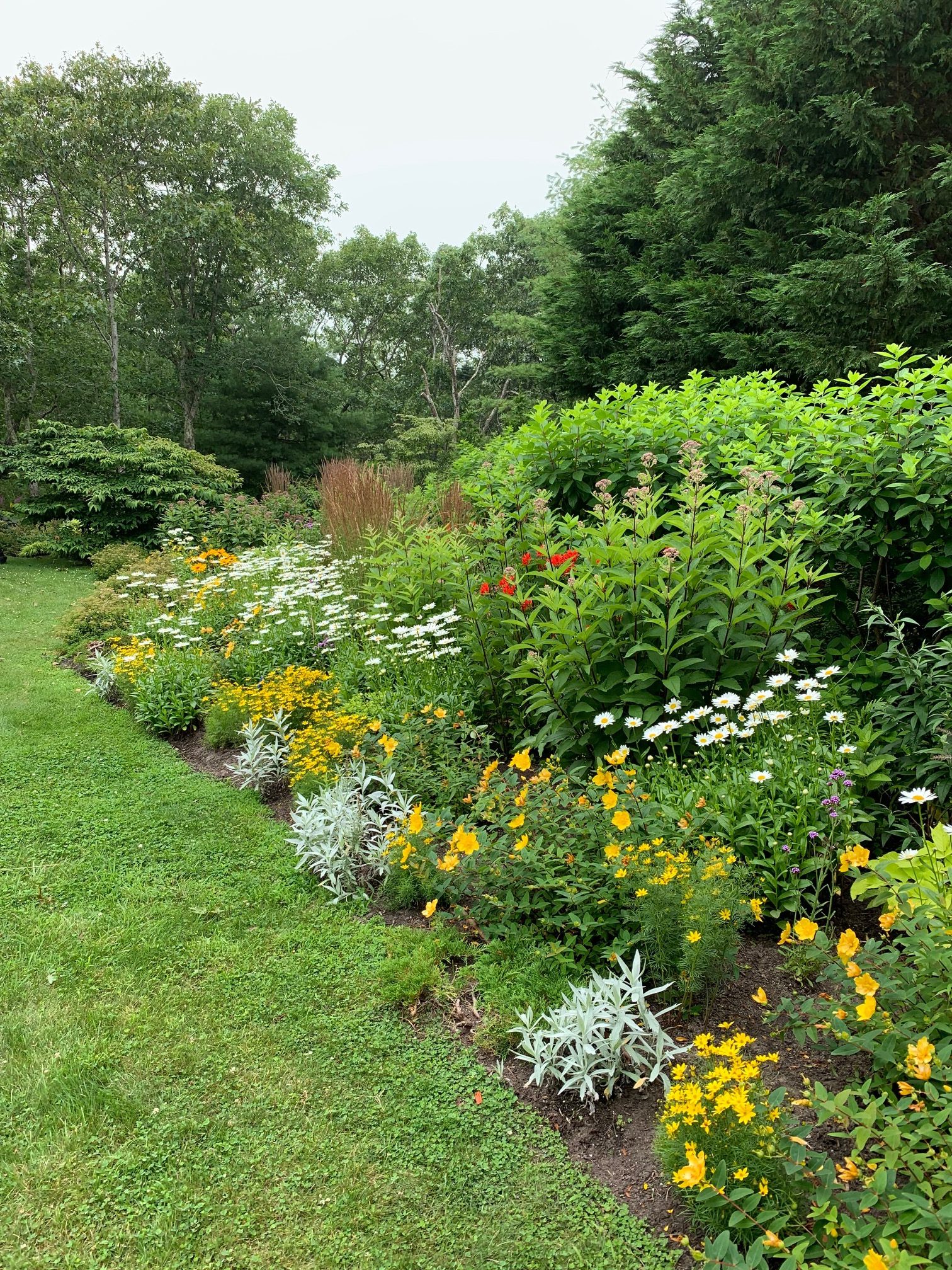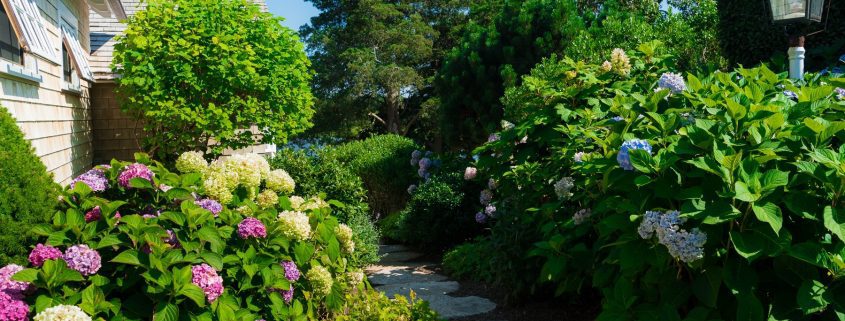From Dirt To Daisies: How To Create An Organic Landscape
Organic landscaping is creating and maintaining beautiful garden spaces using naturally available materials free of harmful lawn chemicals. For example, sunflowers, some culinary herbs, lavender, and garlic are plants that keep pests at bay by themselves.
This concept is based on the principle of chemical- and synthetic-material-free plant management systems. The underlying emphasis is on using nature to enhance nature. The focus here is on aesthetic plant appeal and the creation of artistic spaces.
Preparing to Create An Organic Landscape
The preparation of a beautiful organic landscape on Martha’s Vineyard primarily involves two components – lawn maintenance, and plant care. No landscape is complete without a deep green, velvety-in-texture lawn surrounded by colorful flowering plants. The latter complements other garden surfaces apart from the lawn, like paved pathways, stone walls, etc. These are called hardscapes. Both lawn and the plants need specialized attention and care.
In organic landscaping, you try to maintain the lawn using resources naturally available. Anything which is artificial or contains harmful chemical products is shunned. Plant waste compost and animal manure like composted cow dung can improve soil quality, leading to greener and healthier grass.
Some other healthy-lawn techniques are the following:
Core aeration
This is helping the base of the grass in the lawn breathe by exposing the soil to air and removing soil plugs or cores. By inducing aerobic activity of soil organisms, it encourages the channeling of water and other nutrients back into the soil. That way, the grassroots can easily absorb these nutrients. This process is important for the grass above the surface of the soil to flourish.
Mowing Height
It is another important factor for a robust lawn. Based on practice, only the top third of grass must be mown in one particular session. Cutting the grass too low might lead to it browning.
Top dressing with compost
A good organic landscaper will also spread a thin sheet of compost over the lawn surface during or after mowing. Natural elements like wind and rain eventually send these down below into the soil. Ultimately, this adds to lawn health and longevity by ensuring better nutrition.
Picking the Right Plants
Now talk about the prominent role of the right kind of plants and their care in order to create an organic landscape.
First things first.
When finalizing the purchase of plants, it is important to select those with good, strong roots. This will ensure they grow well later on. The absence of healthy roots does not augur well for the plants’ long life.
Next is the importance of de-weeding. Weeds crowd the plants and thereby take away precious nutrients, sunlight, water, and soil from them. With time, they weaken the plants, too, as their roots start penetrating deeper. It is necessary to de-weed the landscape regularly for the above not to happen. This way, the plants flourish without a hindrance.

Nutritioning the Plants
There is also the question of plant nutrition. In the organic setting, plant compost and animal (horse, cows etc.) manure are the best sources of soil additives that will provide the much-needed and desired nutrients for plants to thrive.
Watering the Plants
Lastly, watering the plants regularly. It goes without saying that water is to plants what food and fuel are to humans and motor vehicles, respectively. Of note, water should reach the deep roots below the soil surface; merely watering plants often are not very effective.
Health, Ecology, Care
So, the 3 underlying principles in organic landscaping are health, ecology, and care. Plant health, as an example, needs to be studied to identify plants that thrive in the same type of soil. Ecology analyzes the effect of plants on each other and the soil when planted close in the same environment. It studies plant symbiosis with respect to other environmental elements like water, soil, etc.
Create An Organic Landscape Takeaway
Hence, to conclude, the modern concept of organic landscaping involves many processes and is a multifactorial subject. It is chiefly concerned with enabling botany (flowering plants and soft, rich lawns) to thrive alongside manmade structures like walls, waterfalls, and paved walks (hardscapes).
While doing so, ensuring no synthetics or chemicals detrimental to our environment are used. The creation of hardscapes is an inclusive aspect here, too. If you wish to know more about it and how you can have one for your house, visit Teal Lane Nursery.







